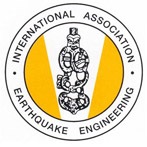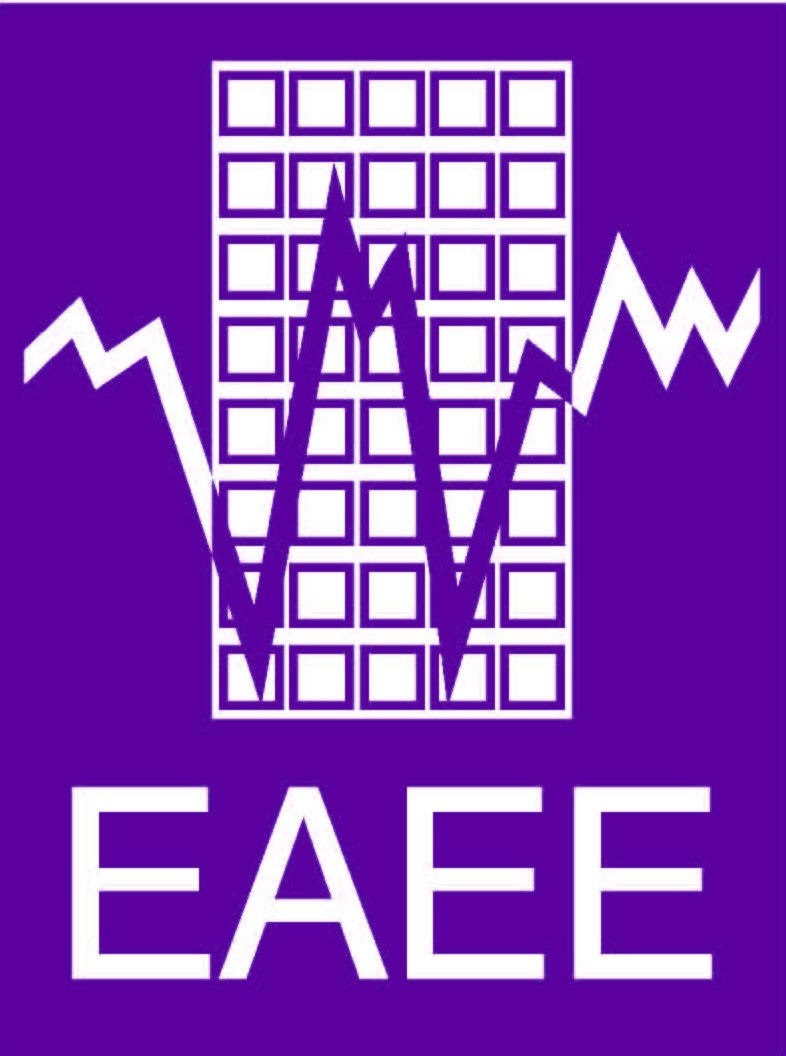Visit of the Fib President Hugo Corres Peretti to NIISK
The State Enterprise “State Rerearch Institute for Building Constructions” has been representing Ukraine in the International Federation of Structural Concrete (fib) since 1998.
Hugo Corres Peretti, the President of the International Federation of Structural Concrete (fib) visited NIISK on the 2 and 3 of May, 2018 and took part in the scientific and technological workshop.
Gennadiy Farenyuk, Ph.D, the Director of NIISK greeted Hugo Corres Peretti, the President of the International Federation of Structural Concrete (fib) and pointed out the main scientific and technological focuses of the Institute.
Hugo Corres Peretti, Professor at University Madrid, a structural engineer and a world known authority in construction gave a presentation “The International Federation of Structural Concrete (fib) Model Code 2020” about the fib focus lines, Model Code 2020 and new design and construction standards and approaches developed by the fib Working Committees. Hugo Corres Peretti mentiones that the Federation facilitates scientific research and practical use of concrete and reinforced concrete in construction. Now there are 10 committees in the Federation. These committees collect research articles, hold workshops and symposia and prepare a new book of design standards Model Code 2020 with one of the developers being professor Hugo Corres Peretti.
The main distinction of this Code from the previous ones (Model Code 1990 and 2010) is an establishment of assessment standards for existing buildings along with the design standards for the new buildings. The professor outlines it is very important to initiate documentation with single, merge approaches to new and existing buildings. The Model codes envisage assessment procedures for reconstruction need and economic efficiency of buildings because in Europe there are many old buildings which service life is going down however those can be retrofitted, strengthened and used in future. The Model Code represents general and more rational calculation models and removes empirical design rules. Mechanical models and empirical equations for bending and shear were given by the way of example.
Hugo Corres Peretti emphasizes the big practical value of the Model Code, its proximity to design, assessment and monitoring of structures. Environmental protection, sustainability and ecological construction, take also an important part of the book.
The Model code represents new approach to the safety format. The matter is that the reliability concept has to be single for new and existing buildings. There is an idea of target reliability (β) which can be reduced for the existing buildings in comparison with that for new structures. A partial factor method is given here and detailed in the fib bulletin No.80. The partial factor method is coherent, easy-to-use and compatible with the framework of the Eurocodes. It enables to account alternative safety levels, remaining working life, reference period and so on. The presentation considers the examples of the partial factor used for the calculation of material properties and permanent loads.
The market of new construction materials grows and the diversity of concrete materials and systems rises. All this is depicted in the Model Code. The UHPC properties were studied for the first time. The protection materials and systems are reviewed. A new classification of concretes is represented including not only those have been used since the 18 century but also future concretes ( with new binders, low binder content, new types of aggregate). There is a distinguish between conventional concrete (consolidated knowledge available) and non-conventional concrete. The testing of non-conventional concretes is given also.
It should be taken into account how the concrete ageing and interaction with other materials goes and how this affects the structural durability.
Chapter 4 of the Model Code is dedicated to design and assessment of existing structures. The important place takes here conceptual approach to design and assessment. Conceptual design is a power of an idea not a material. The concept is more important than physical expression. Architect designs construction based on the facts that took place, investigations, known behavior and ideas, he takes into account the environment and cultural traditions of that region where he works. An exiting example of conceptual design can be the Dome of the Pantheon. This structure is made of concrete and is from the second century AD but it still works. There is a general approach table to be used in conceptual design also.
Chapter 5 of the Model Code is for construction works, execution management and execution of interventions. The construction works include maintenance and interventions, post casting treatments, provision for FRC & UHPC and new cementations materials. The scope of the chapter considers implications of BIM and relation with Quality and Information Management. Here is a reference to ISO Execution Standard implied.
Chapters 6 and 7 are for dismantlement and reuse of structures. The scope implies safety level and safety management for dismantling and elaborates structural aspects of dismantlement (dismantlement of parts, priestesses structures, repair of accidenty cut tendons). It includes reflective thinking approach/review of proposed dismantlement concept and approach.
The presentation of the President of the International Federation of Structural Concrete (fib) Hugo Corres Peretti called on a vigorous debate among the NIISK experts.
The following NIISK researchers delivered their presentations as well – professor A. Bambura, a Head of Structural Reliability Department, presented “Design of concrete and reinforced concrete structures according to National Construction Standards” , and professor Yuri Kaliukh, a Deputy Head of Research Automation and Seismic Resistance Department, gave "Experimental amd theoretical diagnostics of defects in ferroconcrete piles based on reflection of longitudinal and transverse waves".
As a result of the meeting, Memorandum for the strengthening of international scientific ties and scientific and technological cooperation in construction was signed between the International Federation of Structural Concrete (fib) and State Enterprise “The State Research Institute of Building Constructions” (NIISK).








































